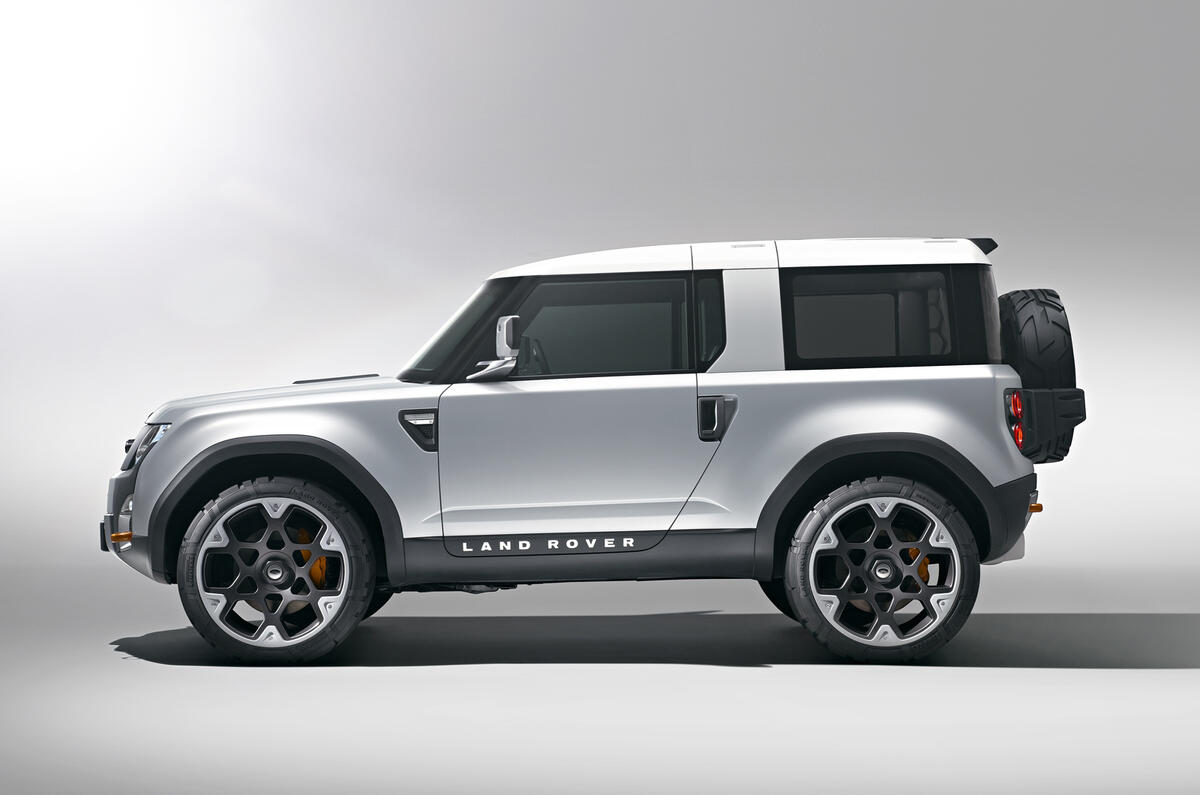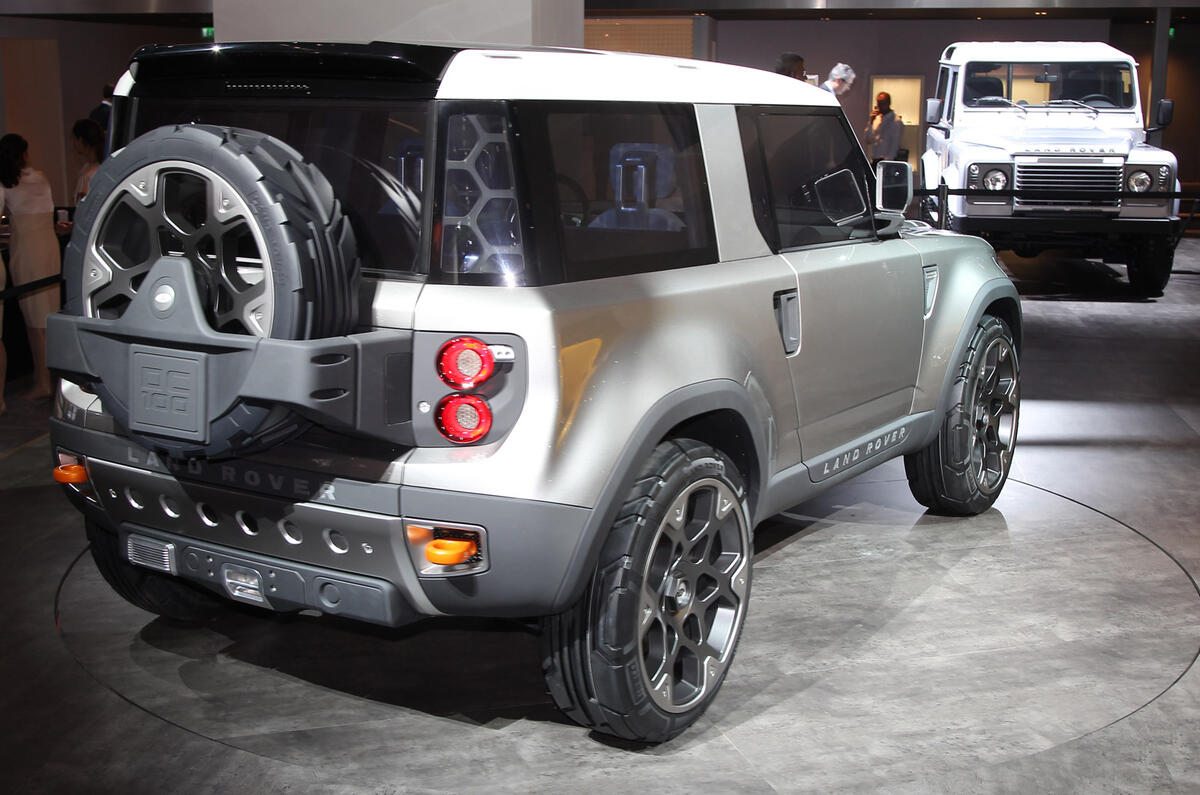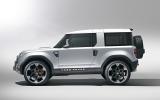The Land Rover DC100 concept has been shown off at Frankfurt motor show – and the dramatic design proposal could form the basis of the replacement for the iconic 4x4 Defender model.
The company has confirmed that its next-generation Defender will go into production in 2015, 67 years after the original was unveiled.
Land Rover says the DC100 is just a pointer to future. The concept, it says, “builds upon essential elements of the Defender’s character and allows us to open the debate and inspire people to dream about Defenders of the future”.
Gerry McGovern, director of design for Land Rover, said: “Replacing the iconic Defender is one of the biggest challenges in the automotive design world; it is a car that inspires people worldwide. The DC100 isn’t a production-ready concept, but the beginning of a four-year journey to design a relevant Defender for the 21st century.”
John Edwards, global brand director, said: “We are determined the new Defender will be true to its heritage, while meeting the requirements of an all-new global market. We plan to engage with existing and potential customers to help us finalise the details of the new vehicle.”
Edwards earlier this year noted that the company’s ‘brand vision’ was to be the “gold standard of the SUV market… our core DNA is design, capability and versatility”.
Edwards and his team believe that the global SUV market can be divided into three main segments: Luxury, Leisure and Utility.
Luxury, exemplified by the Range Rover, should reach two million units per year globally across the segment by 2017; Leisure, where the Freelander resides, should hit eight million vehicles, while Utility, in which today’s Defender competes, should achieve 3.3 million units.
However, the Defender shifted just 18,500 units in 2010, a figure that shows just how far the core Land Rover brand has fallen behind utility vehicles produced by Toyota and Mitsubishi. Part of the reason is the loss of markets such as Africa and Australia because of the poor reliability record of the Defender’s predecessors, especially in the face of competition from the seemingly bullet-proof Toyota Land Cruiser models.
Land Rover bosses also have to decided on the type of platform that will be used to underpin the new model. Two options have been considered, including re-engineering the heavy-but-rugged T5 that underpins today’s Discovery and Range Rover Sport, a move that would save considerable investment in a new platform and production line.
























Add your comment